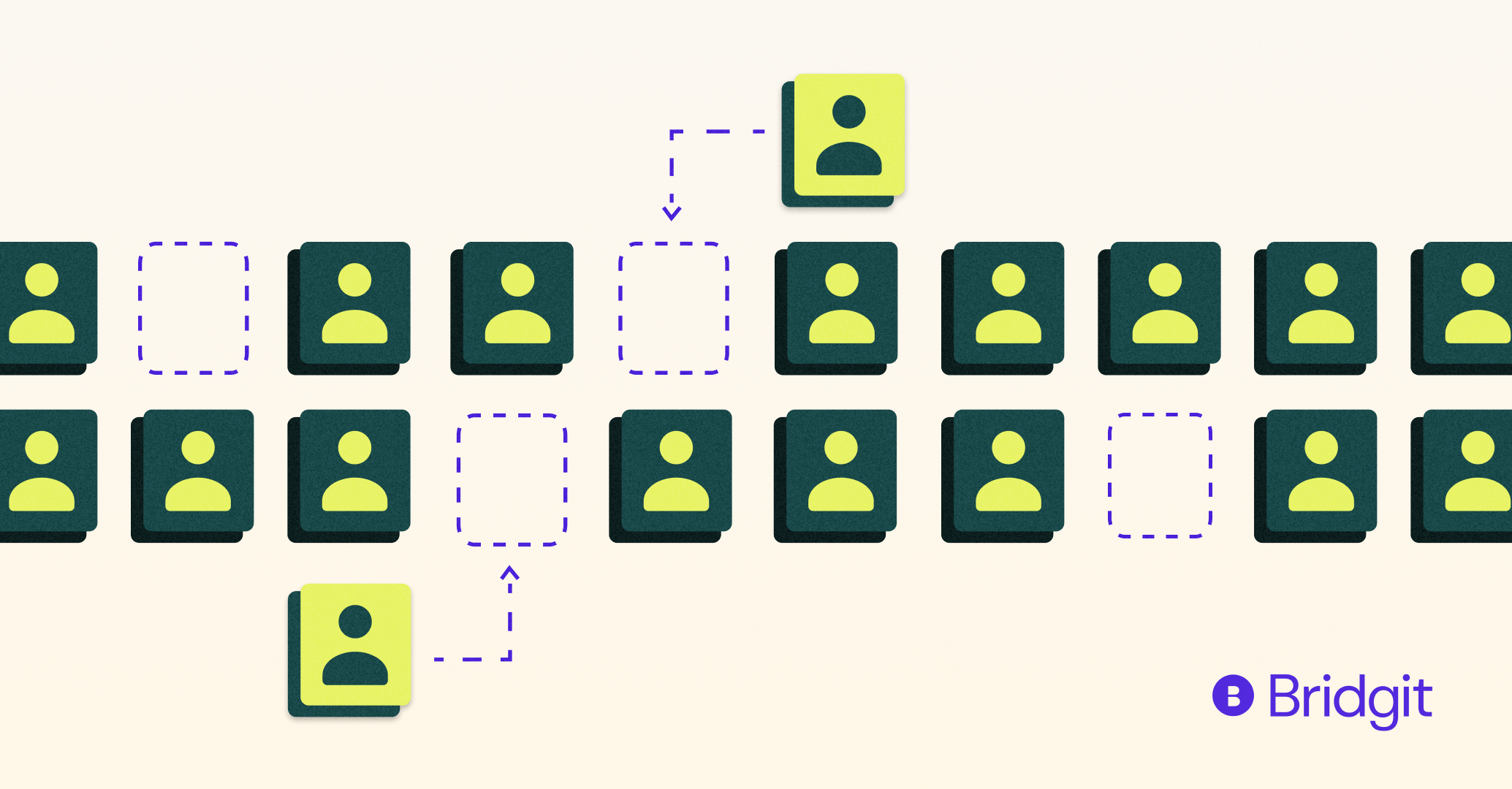Table of Contents
Effective workforce planning is not just a strategy for specialty trades – it’s a survival skill. With the pace of business accelerating and projects becoming increasingly complex, having the right people in the right place at the right time is non-negotiable. Yet, many contractors grapple with the challenges this presents. Balancing the ebb and flow of project demand, managing skills gaps, and ensuring seamless communication within teams are just a few hurdles to clear.
This article aims to demystify workforce planning for specialty trade contractors and shed light on the best practices that can optimize your team’s productivity. We’ll provide practical advice on forecasting demand, allocating resources, promoting upskilling, fostering communication, leveraging technology, retaining talent, and planning for succession.
Whether you’re a project manager seeking to fine-tune your staffing strategies or a company executive looking for ways to improve overall efficiency and profitability, this article is for you.
Understanding the basics of workforce planning
At its core, workforce planning is a proactive team management approach. It involves analyzing your current workforce, predicting future workforce needs, identifying gaps between the present and the future, and implementing solutions to fill those gaps.
In specialty trades, workforce planning takes on even greater importance. With each project requiring a unique combination of skills and experience, having the right team members in place is crucial. This isn’t just about having enough hands on deck – it’s about having the right hands on the right tasks.
The first step in workforce planning is understanding your current workforce. What skills and competencies do your team members bring to the table? What are their strengths and weaknesses? How many people do you have, and what roles are they in?
The second step is forecasting your future needs. This requires you to look at upcoming projects and predict the types of skills and the number of workers you’ll need.
Thirdly, you need to conduct a gap analysis. This involves comparing your current workforce with future needs to identify discrepancies. Do you have enough workers with the right skills to meet your future demand? If not, where are the gaps?
Finally, it’s all about strategy development. This involves developing a plan to address the gaps identified in the analysis. This might involve hiring new staff, training current staff, or adjusting your business strategy.
These primary components provide the groundwork for effective workforce planning. With this understanding, let’s dive into the best practices to help you optimize this process for your specialty trades team.
Challenges in workforce planning for specialty trades
Despite the best efforts, specialty trades’ workforce planning isn’t without obstacles. Recognizing these challenges is the first step in overcoming them.
Firstly, the unique nature of each project in the specialty trades makes it hard to create a one-size-fits-all approach to workforce planning. The skills, experience, and number of workers needed can vary from project to project, requiring constant adjustment of your workforce plan.
Secondly, the scarcity of skilled workers in many specialty trades can make filling gaps in your workforce difficult. This makes effective recruitment and retention strategies vital.
Finally, the fast pace and unpredictability of the construction industry can pose a challenge to workforce planning. Market fluctuations, changes in project timelines, and unforeseen events can all disrupt your workforce plan.
You can better navigate these challenges and create a more resilient workforce plan using our outlined best practices.

Use your workforce data to create a competitive advantage
Download our white paper to see how effective workforce planning can help stay ahead of labor demands and create a strategic project pipeline.
Best practices for workforce planning
Here are some of the best practices for workforce planning your specialty trades team:
a. Accurate Demand Forecasting
Predicting future workforce needs is both an art and a science. It requires understanding your upcoming projects, the skills and number of workers needed, and the timeframes for these needs. By developing a systematic approach to forecasting, you can mitigate the risk of labor shortages or overstaffing.
Consider factors such as the complexity and duration of projects, the required skills and certifications, seasonality, and market trends. By creating a detailed forecast, you can ensure you’re always a step ahead and able to address staffing needs before they become a problem.
b. Effective Allocation
With a solid forecast in place, the next challenge is to allocate resources effectively. This means matching the right people to the right projects based on their skills, experience, and availability.
A common mistake in specialty trades is to react solely to the project at hand, which can lead to scrambling when the next project comes along. By taking a broader view and considering future projects, you can ensure smoother transitions and more consistent workloads for your team members.
c. Upskilling and Cross-skilling
In a field as diverse as specialty trades, upskilling and cross-skilling are crucial for workforce flexibility. Upskilling refers to enhancing your team’s skills within their existing roles, while cross-skilling involves training them in new areas to create a more versatile workforce.
A strong training program equips your team to take on a broader range of projects and increases job satisfaction and retention. Employees who feel their skills are being developed will likely stay with your company long-term. If you’d like to learn more about how you can begin to upskill and cross-skill your team, we recommend this interview with the Ryan Companies heads of talent development.
d. Leveraging Technology for Workforce Planning
Many of the best practices we’ve mentioned thus far are difficult to do with the status quo tools contractors use for workforce planning. Much of this process is done on spreadsheets and whiteboards, which are inflexible and lack additional insight into your people and projects. Luckily, workforce planning tools like Bridgit Bench have been created specifically for specialty contractors to ditch their manual, disjointed workforce planning process.
Bridgit Bench provides a clear overview of your workforce, enabling you to see at a glance who’s working on what and when they’re available. You can also track skills and certifications, making matching the right person to each job easier. Plus, you can forecast your workforce needs accurately and plan ahead effectively.
e. Continuous Communication and Collaboration
Clear and consistent communication is the backbone of effective workforce planning. This is especially relevant for specialty contractors as you have to send regular updates to your team as project timelines shift, weather changes, or for general quality control.
The communication tools in Bridgit Bench can help facilitate this communication, ensuring everyone is aligned on project requirements, deadlines, staffing arrangements, or job site changes. Regular meetings and updates can also help address issues promptly before they escalate.
f. Retaining Top Talent
High employee turnover can be costly and disruptive. By focusing on retention, you can maintain a strong, experienced workforce that delivers consistent quality. This involves creating a positive work environment, offering competitive compensation, recognizing hard work, and providing opportunities for growth and development.
Remember, a happy and engaged workforce is more productive and more likely to recommend your company to others – a valuable source of new talent.
g. Planning for Succession
Finally, effective workforce planning involves looking to the future and planning for leadership transitions. By identifying potential leaders and providing them with the necessary training and experience, you can ensure a smooth transition when senior team members retire or move on.
This is especially important in specialty trades, where experienced leaders can play a crucial role in maintaining quality standards and guiding the next generation.
Effective workforce planning is a critical success factor for any specialty trades contractor. It’s not just about putting bodies on a job site; it’s about optimizing your most valuable resource—your people. It isn’t a one-time activity but an ongoing process requiring adaptability and continuous improvement. By implementing these practices, staying responsive to changes, and leveraging the right tools, you can create a resilient and agile workforce ready to tackle whatever comes your way.


